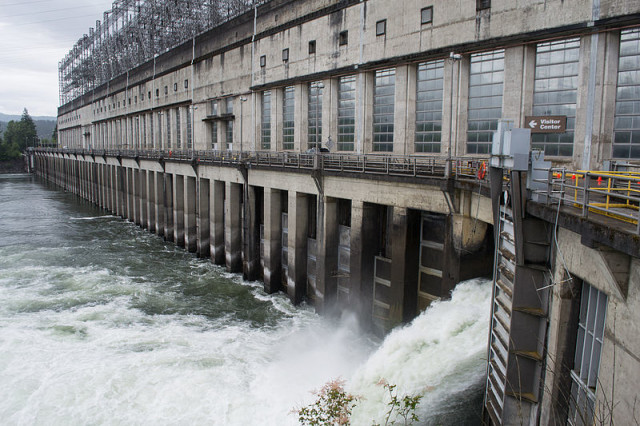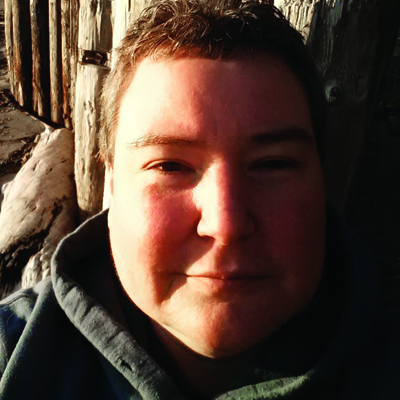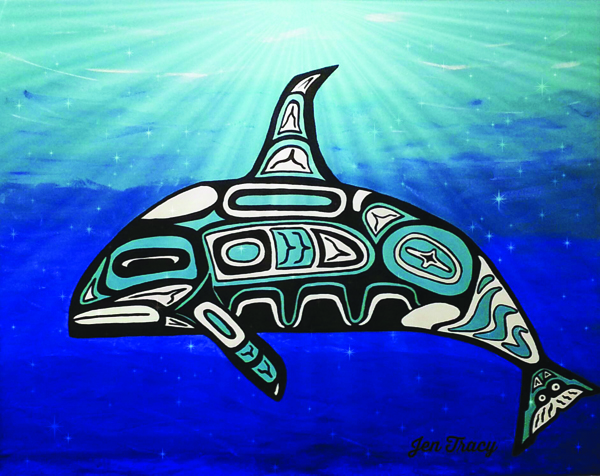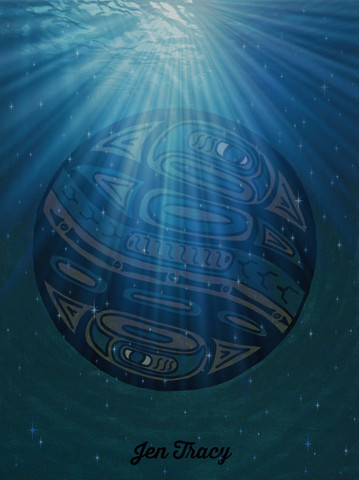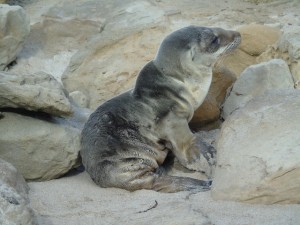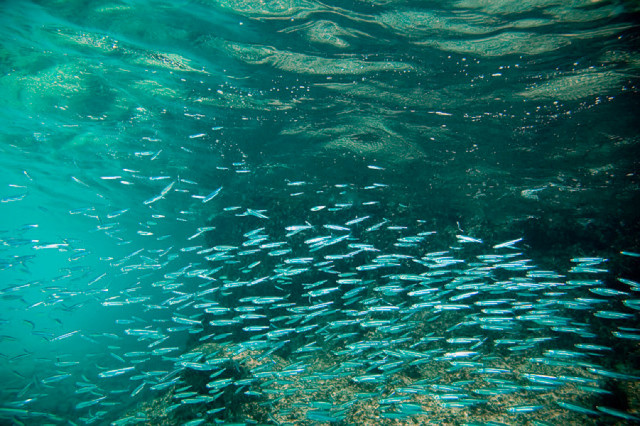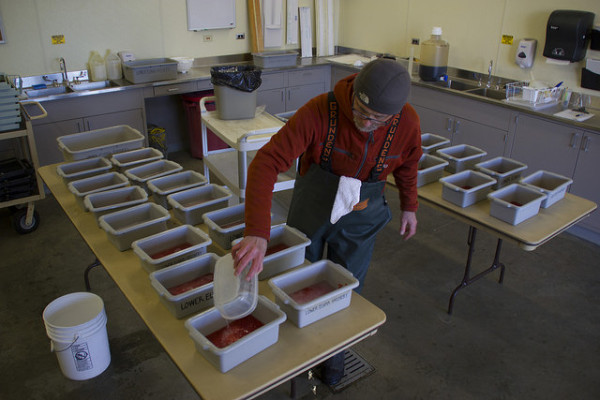
Mike Cladoosby and Kevin Day Sr. are Swinomish fishermen. The Swinomish Fish Company, a tribe-owned business that buys their catch, has an agreement to supply fish to Haggen, a supermarket chain.
Swinomish Fish Company, owned by the Swinomish Tribe, is supplying Baker Lake spring chinook salmon to the largest independent grocery retailer in the Pacific Northwest.
Haggen Food & Pharmacy has 164 stores in Washington and Oregon, as well as California, Arizona and Nevada. Haggen’s seafood buyer, Amber Thunder Eagle, spent the winter meeting local fish companies and making arrangements for a spring catch to be delivered to Haggen’s seafood cases.
It’s as much a story about habitat restoration and resource management as it is economic development. For thousands of years, Swinomish ancestors living in villages along the Skagit and Baker rivers harvested salmon to meet the people’s dietary, ceremonial and trade needs: chinook from April to June; sockeye from June to August, pinks during odd-numbered years from July to September, and chum from September to November. The ancestors used weirs and traps, nets, spears, and hook-and-line to take salmon and other fish.
The 1855 Treaty of Point Elliott made land in this region available for non-Native settlement. The ancestors did not give up their people’s right to harvest salmon on the Skagit and Baker rivers. But in the post-treaty years, new industries – logging, mining, farming — took their toll on the rivers and the salmon. Dams built in the 1920s and 1950s to generate electricity, impeded salmon migration.“Rail lines and logging roads … increased sedimentation in the gravel beds used for spawning,” the Historical Research Associates report states. “In some instances, road embankments spilled directly into stream channels through landslides … Timber harvest methods, such as clearcutting, similarly proved damaging to fish habitat [by] increasing turbidity and sedimentation from erosion …”
In the 1890s, salmon runs were estimated at 20,000, by the time the first dam was built, that was down to 15,000. By 1985, only 99 spring chinook returned to spawn, according to the Historical Research Associates report.
But the health of the run rebounded, thanks to years of habitat restoration and resource management efforts, and conveyance systems that help salmon get to ancestral spawning grounds upstream of Lower and Upper Baker dams. In 2012, a record-high return was recorded with more than 48,000 fish returning to spawn, according to the Swinomish Tribe. The forecast for this year’s spring chinook run was 35,000; the summer sockeye run projection is 46,268, according to the Washington Department of Fish & Wildlife.
“We’re grateful for the restoration of the Baker Lake run,” Swinomish Fish Company vice president Everette Anderson said in an announcement of the Haggen contract. “The community who made this possible are steadfast in the preservation of this run, which will benefit the people of Washington for generations.”
According to the Swinomish Tribe, the Swinomish Fish Companyis the largest Native American-owned seafood wholesaler, retailer and custom processing plant in the United States. Its brand, NativeCatch, is all-natural, wild, and sustainably harvested, and distributed around the world.
Read more at http://indiancountrytodaymedianetwork.com/2015/06/25/hooked-swinomish-fish-co-supplying-salmon-haggen-supermarkets-160857


